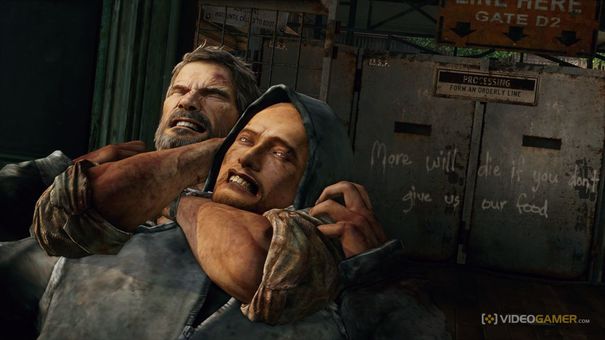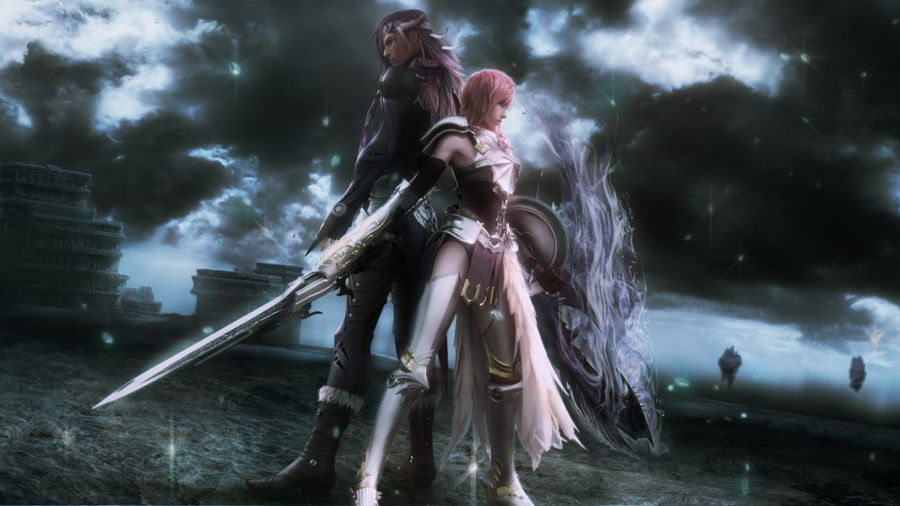

The Sly Trilogy has finally made its way to the Vita, and it’s yet another retro win for the handheld. After arriving on the PS3 way back in 2010, Sly Cooper 1 through 3 have each been given an HD coat of paint and thrown back onto the new release list. So how do these PS2 darlings hold up on the Vita’s OLED screen?
Each time one of these HD Classics titles makes its way across the great divide to Vita, it gives my sense of nostalgia a big sigh of relief. While it’s always lovely to go back to a beloved game from a previous generation, it can sometimes be a jarring trip. HD textures do a lovely job of sprucing up these old gems, but they can only do so much; sometimes it’s not enough to make the transition from a tiny 4:3 screen to a 55″ flat screen painless. Thankfully, the upgrade in quality and comparatively small screen of the Vita work together to balance the best of both worlds. The OLED screen plays well with the vibrant colours of games from the good old days, helping them pop just the way they’re meant to. Likewise, a smaller-scale sound setup such as headphones or the Vita’s on-board speakers help smooth any rough edges in the upscaled-but-not-perfect audio. Whilst none of these are dealbreakers on the PS3, the Vita helps sell them more strongly – and add sort ability into the mix as well.
To speak of the games themselves, the Sly Cooper games are spread across enough years of the PS2’s lifetime to show markedly different mechanics as you make your way through the series. The first Sly title has the higher difficulty and one-hit-kill gameplay familiar to many games early in the console’s life-cycle, a carry-over from PS1 game design. The platforming is nevertheless tight and well-designed, with each game area being strongly themed and fun to climb up, over and around. Through the second and third Sly titles, you’ll see a move to health bars and larger game worlds as the designers learned to dig in to the PS2’s capabilities. The series’ trademark visual style is maintained throughout, featuring off-kilter shapes and angles, leaving the titular raccoon with many ledges and crevices to take advantage of as he thieves his way across the world.
Some elements, such as the first game’s animated cutscenes, are presented letterboxed onscreen so as not to stretch or distort them too much. Given these segments were rendered originally for a much lower resolution screen, they hold up pretty well – there’s a lot of artifacts to be found, but the character of the animation still shines through. The problem is more the stark comparison to gameplay itself, which seems leagues ahead by comparison. Regardless the world and characters in motion are a joy to watch, with the smooth-flowing movements of Sly’s tail a highlight for me – the juxtaposition of Sly’s ability to bend and weave against the harsh angles and edges of the world around him help the Master Thief to shine.
Sadly, the Vita versions of the game do not feature cross-save compatibility with the PS3 release. For me this is a great loss because – as evidenced by my recent review of the Final Fantasy X|X-2 Remaster – the ability to shift from one platform to another on the fly is one of my favourite things about having a game available on both platforms. It seems particularly odd in this case as both versions were developed by Sanzaru Games, ruling out any unexpected save-data incompatibility. Hopefully it’ll be patched in at a later date.
All in all, The Sly Trilogy is a solid platformer purchase for both the nostalgic and the newcomer. The game has a distinct flair which carries through to its latest instalment, Thieves in Time (currently free on PS Plus), and has plenty to offer besides. You won’t find many games in today’s market with as much character as Sly’s past… so why not steal a few moments to check it out.




 9 Simple Tricks for Counter Strike: Global Offensive
9 Simple Tricks for Counter Strike: Global Offensive Torchlight 2: Summoner Tank Engineer Build Guide
Torchlight 2: Summoner Tank Engineer Build Guide The Last of Us Multiplayer Hands
The Last of Us Multiplayer Hands Final Fantasy XIII-2 Fragment Location Guide
Final Fantasy XIII-2 Fragment Location Guide Torchlight 2: Dual Wield Hybrid Engineer Build Guide
Torchlight 2: Dual Wield Hybrid Engineer Build Guide